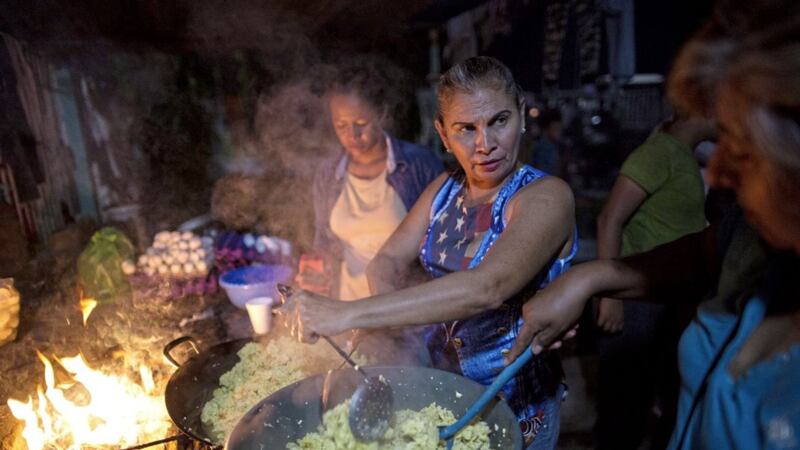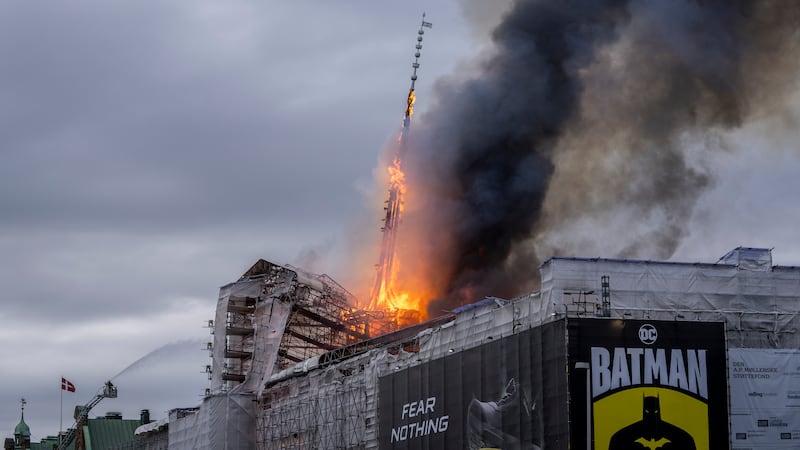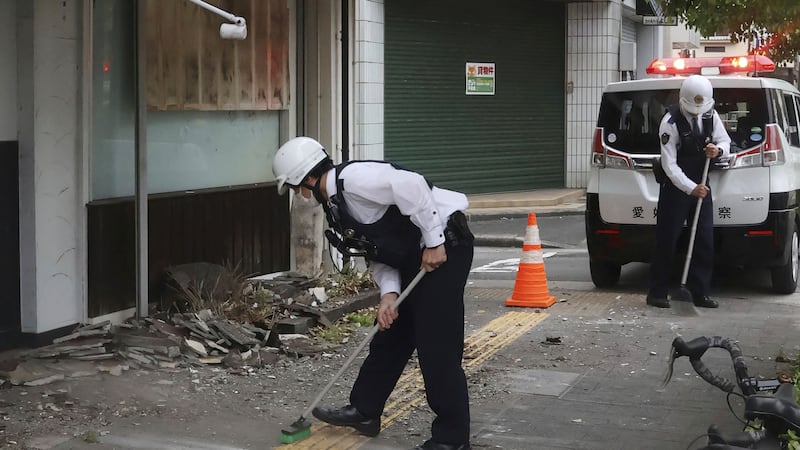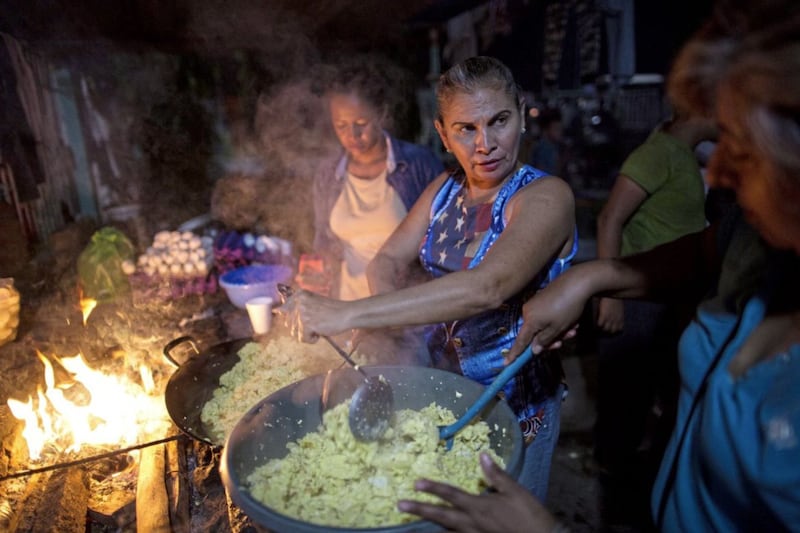US defence chiefs are sending 5,200 troops to the south-west border with Mexico in an extraordinary military operation ordered just a week before mid-term elections in America.
During campaign rallies President Donald Trump has placed a sharp focus on Central American migrants moving north in slow-moving caravans which are still hundreds of miles from the US.
The number of troops being deployed is more than double the 2,000 who are in Syria fighting Islamic State.
Mr Trump, eager to keep voters focused on illegal immigration in the lead-up to the elections, stepped up his dire warnings about the caravans, tweeting: "This is an invasion of our Country and our Military is waiting for you!"
But any migrants who complete the long trek to the southern US border already face major hurdles – both physical and bureaucratic -– before being allowed into the US.
Mr Trump said the US would build "tent cities" for asylum seekers.
"We're going to put tents up all over the place," he told Fox News Channel's Laura Ingraham.
"They're going to be very nice and they're going to wait and if they don't get asylum, they get out."
Under current protocol, migrants who clear an initial screening are often released until their cases are decided in immigration court, which can take several years.
Mr Trump denied his focus on the caravan is intended to help Republicans in next week's mid-term polls, saying: "This has nothing to do with elections."
The Pentagon's 'Operation Faithful Patriot' was described by the commander of US Northern Command as an effort to help Customs and Border Protection "harden the southern border" by stiffening defences at and near legal entry points.
Advanced helicopters will allow border protection agents to swoop down on migrants trying to cross illegally, said Air Force general Terrence O'Shaughnessy.
"We will not allow a large group to enter the US in an unlawful and unsafe manner," Kevin McAleenan, commissioner of Customs and Border Protection, said.
Eight hundred troops already are on their way to southern Texas, general O'Shaughnessy said, and their numbers will top 5,200 by week's end.
Some of the troops will be armed. He said troops would focus first on Texas, followed by Arizona and then California.
The troops will join the more than 2,000 National Guardsmen Mr Trump has already deployed to the border.
It remains unclear why the administration is choosing to send active-duty troops given that they will be limited to performing the same support functions the Guard already is doing.
The number of people in the first migrant caravan headed toward the US has dwindled to about 4,000 from about 7,000 last week, though a second one was gaining steam and marked by violence.
About 600 people in the second group tried to cross a bridge from Guatemala to Mexico en masse on Monday. The riverbank stand-off with Mexican police followed a more violent confrontation on Sunday when the group used sticks and rocks against officers. One person was killed on Sunday night by a head wound, but the cause was unclear.
Migrants are entitled under both US and international law to apply for asylum. But there already is a bottleneck of would-be asylum seekers waiting at some US border crossings to make their claims, some waiting as long as five weeks.
Mr McAleenan said the aim of the operation was to deter people from crossing illegally, but he conceded his officers were overwhelmed by a surge of asylum seekers at border crossings. He also said Mexico was prepared to offer asylum to members of the caravan.
"If you're already seeking asylum, you've been given a generous offer," he said of Mexico.
"We want to work with Mexico to manage that flow."



